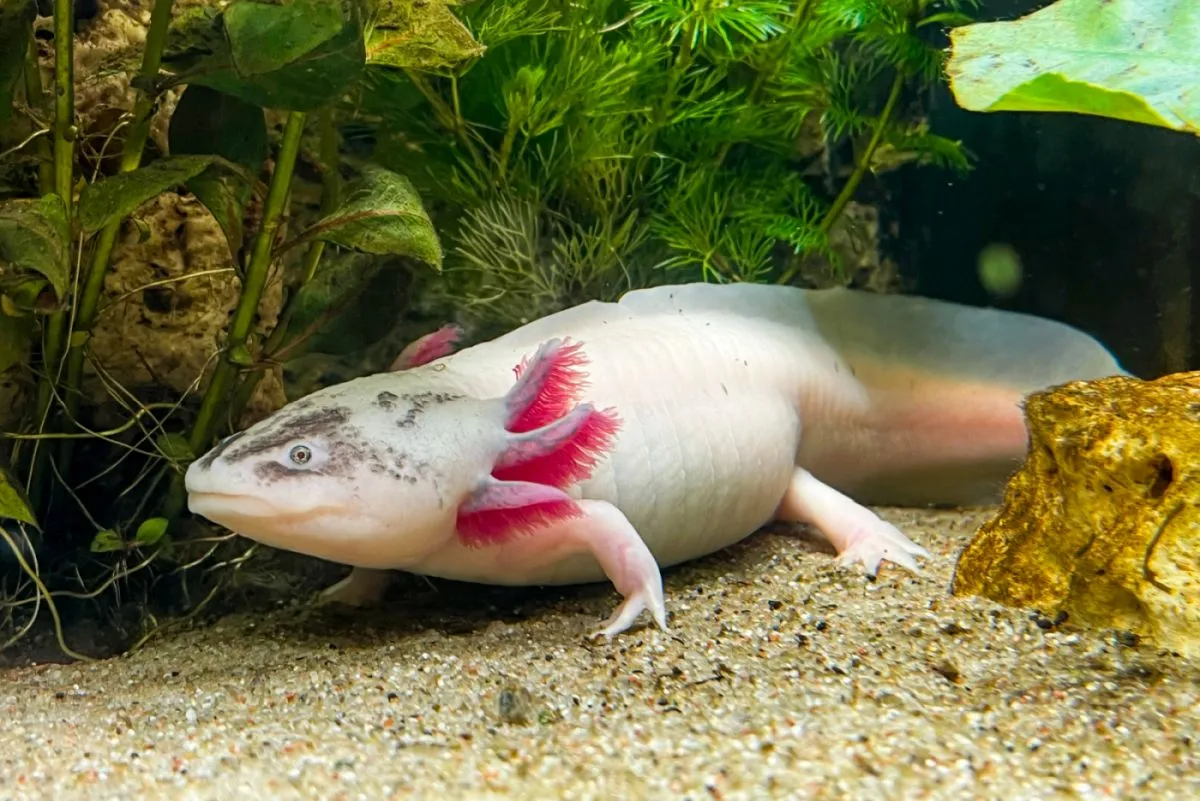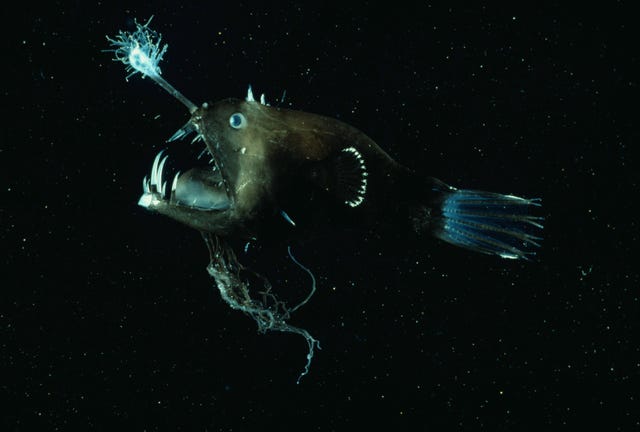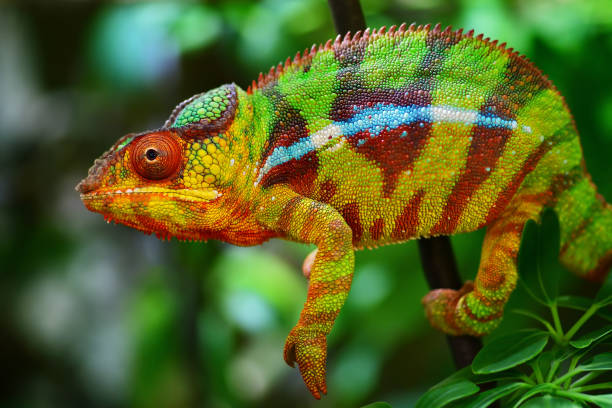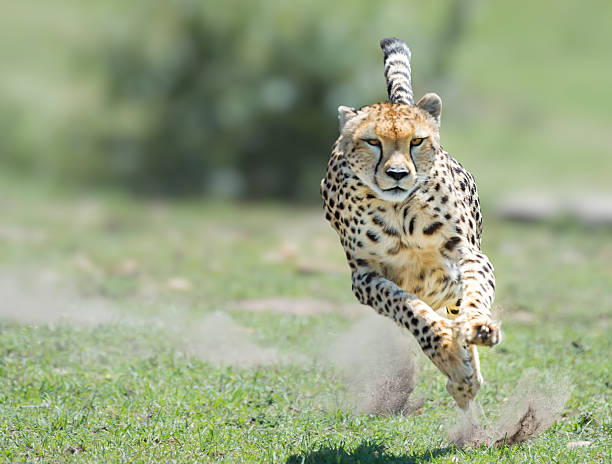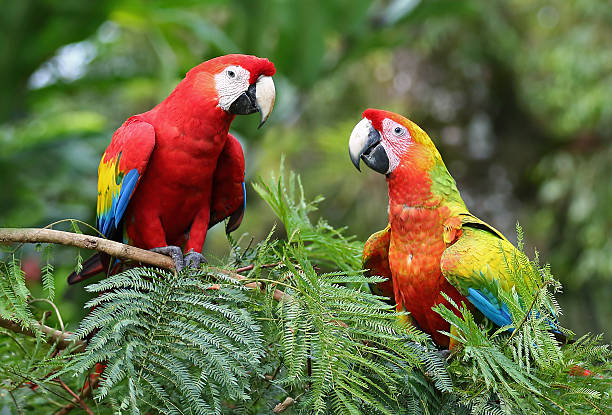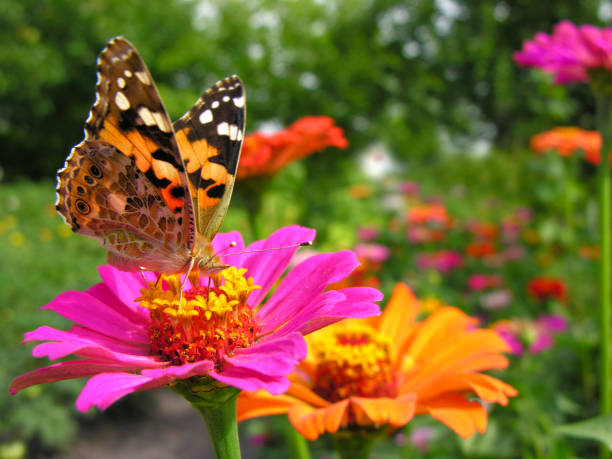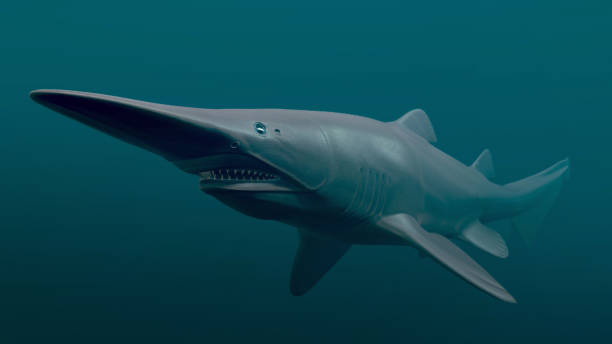Life on Earth is defined by impermanence. Every creature, from the smallest insect to the largest whale, experiences injury, decay, and death. Yet, hidden across the natural world, there are astonishing examples of defiance—creatures that seem to bend the rules of biology, rewriting their bodies and healing what others cannot. These are the masters of regeneration.
Regeneration is more than just healing a wound. It is the ability to regrow what was lost—to replace entire limbs, organs, and even portions of the brain. To us, it sounds like the stuff of science fiction, yet for many animals, it’s simply life as usual.
The study of regeneration isn’t just a curiosity; it’s a frontier of medicine. Scientists are looking to these animals for clues—hoping that by unlocking their secrets, we might one day help humans regrow lost tissues, repair spinal cords, or even reverse aging itself.
Let’s step into this miraculous world, where bodies are reborn and nature’s ingenuity knows no bounds. Here are ten extraordinary animals that can regenerate like no other.
1. Axolotl – The Eternal Youth of Mexico
If there were a single creature that embodies the magic of regeneration, it is the axolotl—a small, smiling amphibian native to the ancient lakes of Mexico.
The axolotl, often called the “Mexican walking fish,” is not a fish at all but a type of salamander. What makes it extraordinary is its ability to regenerate virtually any part of its body—limbs, tail, spinal cord, heart tissue, eyes, and even parts of its brain.
Scientists have performed controlled studies where axolotls regrow a limb perfectly—complete with bones, muscles, nerves, and skin—in just a few months. Even more astonishingly, they can do it repeatedly, with little to no scarring.
Part of this power comes from the fact that axolotls remain in a juvenile state throughout their lives, a condition called neoteny. They retain stem cell-like tissues that are always ready to rebuild.
In the laboratory, axolotls are a symbol of hope. Their genetic secrets are being studied for potential breakthroughs in regenerative medicine. Imagine if humans could heal like an axolotl—if lost fingers, spinal injuries, or damaged hearts could simply grow back. The smiling amphibian from Lake Xochimilco may one day change the future of medicine forever.
2. Starfish – The Celestial Rebuilders of the Sea
Beneath the ocean waves, starfish (or sea stars) glide silently across the sea floor, carrying within them one of nature’s most astonishing abilities—the power to regrow entire arms, and in some cases, entire bodies.
If a starfish loses a limb, it can regenerate it completely over the course of several months. But the magic doesn’t end there. Some species can regenerate an entire new starfish from a single severed arm, as long as part of the central disc remains.
This ability comes from a remarkable concentration of totipotent cells, which can develop into any type of body cell. These cells lie dormant until injury occurs, at which point they spring into action, rebuilding tissue layer by layer.
Starfish regeneration is not merely a trick for survival—it’s a strategy for immortality. When attacked by predators, a starfish may deliberately shed a limb, sacrificing it to escape, and then regrow it later. Each act of regeneration renews the creature’s life, giving it a biological resilience that humans can only dream of.
In the quiet dance of the ocean floor, every starfish carries within it a reminder that destruction and rebirth are two sides of the same cosmic cycle.
3. Planarian Flatworm – The Immortal Puzzle
In the microscopic world of ponds and streams lives a creature that defies death itself: the planarian flatworm. It may be only a few millimeters long, but it possesses one of the most astonishing regenerative systems known to science.
Cut a planarian into ten, twenty, or even a hundred pieces—and each fragment will grow into a complete new worm, fully functional and identical to the original. Scientists have performed this experiment countless times, and the results remain one of biology’s most beautiful mysteries.
This miracle is powered by neoblasts, a type of stem cell that makes up about 20% of the planarian’s body. These cells can become any cell type—muscle, nerve, or even brain tissue—and coordinate perfectly to rebuild the missing parts.
But perhaps the most incredible discovery is that planarians do not seem to age. They maintain their telomeres—the protective caps on chromosomes that erode with age in most organisms. This means that a planarian, in theory, can live indefinitely, endlessly regenerating itself.
Scientists see in the planarian a biological Rosetta Stone for understanding immortality. Somewhere in its tiny body lies the secret code for perpetual renewal—a code we are only beginning to decipher.
4. Sea Cucumber – The Self-Healing Vacuum of the Deep
Among the strangest animals in the ocean is the sea cucumber, a creature that looks more like a vegetable than an animal. But don’t be deceived by its simple appearance—this marine invertebrate is a master of regeneration and survival.
When threatened, a sea cucumber performs an almost unbelievable act: it ejects its internal organs through its anus to confuse predators. Yes, it literally throws out its insides.
But within a few weeks, the sea cucumber calmly regenerates everything it lost—intestines, respiratory systems, and other organs—without lasting harm.
This extraordinary ability is due to the presence of dedifferentiating cells, which can revert to a stem cell-like state. These cells rebuild the lost tissues from scratch, almost as if the animal were reborn from within.
In some species, the regeneration process even enhances their resilience, as new organs function better than the old ones. Scientists are studying how these creatures control scar-free tissue growth, hoping to apply similar processes to human organ repair.
In the sea cucumber, life and death blur into one continuous cycle of renewal—a living testament that sometimes, to survive, you must first be willing to fall apart.
5. Zebrafish – The Transparent Healers
The zebrafish, a small freshwater fish often found in home aquariums, holds within its delicate striped body some of the most profound healing abilities known in vertebrates.
Zebrafish can regenerate fins, heart tissue, retina, spinal cord, and even parts of the brain. When a portion of their heart is surgically removed, they can grow it back completely within two months.
Their regenerative ability is rooted in a unique population of progenitor cells that activate after injury. These cells divide rapidly and rebuild complex tissues without forming scars—a process humans can only envy.
Zebrafish regeneration has become a cornerstone of biomedical research. Scientists study them to understand how humans might one day repair heart damage after a heart attack or regenerate neurons lost to injury or disease.
Despite their small size, zebrafish have become giants in the field of science, showing us that even the most fragile life forms can hold secrets powerful enough to heal humanity.
6. Deer – The Majestic Regrowers of the Wild
Among mammals, regeneration is rare, but one majestic exception stands proudly in the forest—the deer, with its remarkable ability to regrow antlers every year.
Antlers are not mere bones; they are one of the fastest-growing tissues in the animal kingdom. A deer can regrow antlers that weigh over 30 kilograms in just a few months, fueled by specialized stem cells at the base known as pedicle periosteum cells.
These cells activate every spring, triggering rapid bone and tissue formation. The process involves blood vessels, cartilage, and nerves—an incredible display of controlled biological engineering.
What’s fascinating is that scientists have found similarities between deer antler regeneration and human tissue repair. Understanding how deer can rebuild complex structures without scar tissue could revolutionize regenerative medicine for humans.
In every forest where a buck raises its newly grown crown, nature reminds us that even among mammals—creatures bound by limitations—renewal is still possible.
7. Green Sea Slug – The Solar-Powered Regenerator
Few creatures blur the line between plant and animal like the green sea slug (Elysia chlorotica). This tiny, leaf-shaped mollusk has a superpower straight out of science fiction—it can regrow its entire body from its head.
Scientists have observed decapitated sea slugs regrow their hearts, intestines, and all other organs within three weeks. Even more astonishingly, they survive and regenerate by photosynthesizing—using sunlight like a plant.
How is this possible? The green sea slug steals chloroplasts—the solar-powered cell parts responsible for photosynthesis—from the algae it eats. It then integrates them into its own tissues, turning itself into a living hybrid of animal and plant.
During regeneration, these chloroplasts provide the energy needed for rebuilding. The slug’s remarkable biology has intrigued researchers studying organ regeneration and cellular reprogramming.
It’s as if evolution itself played an experiment with life’s rules, creating a creature that can lose its body and still rise again, powered by sunlight.
8. Spiny Mouse – The Mammal That Heals Like a Reptile
The spiny mouse (Acomys) may look ordinary, but its skin hides an evolutionary wonder. Unlike most mammals, this tiny rodent can regrow skin, hair follicles, and even cartilage after severe injury.
When a predator grabs it by the tail, the mouse’s skin easily tears away—allowing escape. But within days, it begins to regenerate what was lost, forming new skin that’s indistinguishable from the original.
Even more fascinating, spiny mice can regenerate parts of their ear tissue and heart, showing an ability once thought impossible in mammals.
Scientists studying these rodents have discovered that their wound-healing process resembles that of amphibians. They form a blastema—a cluster of regenerative cells that can rebuild tissues from scratch.
This discovery offers a new model for studying how mammals might overcome scarring and regenerate like lower vertebrates. The spiny mouse, unassuming yet extraordinary, could hold the key to human regenerative medicine.
9. Hydra – The Creature That Never Dies
In ponds and freshwater habitats lives a small, tentacled organism that may be biologically immortal: the hydra. Named after the mythological serpent that grew back multiple heads, the hydra is a living embodiment of endless renewal.
A hydra can regenerate any part of its body, even from a small fragment. Cut one in half, and both halves will grow into complete individuals. In some cases, even a few cells can rebuild the entire organism.
Hydras maintain this power through constant cellular turnover. Every few days, nearly every cell in a hydra’s body is replaced. This perpetual renewal keeps them from aging. In laboratory conditions, hydras show no signs of senescence—they simply don’t die of old age.
Their regeneration depends on a vast reservoir of stem cells, which continually divide and replace damaged tissue. Scientists studying hydras believe they could help unlock the secrets of aging and longevity in humans.
To watch a hydra is to glimpse eternity in miniature—a living loop of death and rebirth that has continued for millions of years.
10. Flatworms of the Deep Sea – The Lost Masters of Regrowth
While planarians dominate the freshwater world, the marine flatworms of the deep ocean carry the same regenerative brilliance into darker, more mysterious realms.
These colorful, ribbon-like creatures can regrow their entire bodies from tiny fragments, including complex organs like the reproductive system and nervous tissue. What makes them especially interesting is their evolutionary adaptation—they’ve retained ancient genes for regeneration that many other animals, including humans, lost long ago.
Recent research has uncovered that marine flatworms use a molecular “map” to determine what needs to grow and where. It’s as if every cell remembers its place in the whole body, guided by a precise genetic blueprint.
Their existence offers clues to our own evolutionary history. Humans once shared common ancestors with these creatures, meaning the genetic potential for regeneration may still lie dormant within us.
The deep-sea flatworms remind us that the power of regeneration is not magic—it’s biology at its most elegant, a legacy written in the DNA of life itself.
The Science of Regeneration – Rewriting the Rules of Life
Across these ten extraordinary species, one truth emerges: regeneration is not a single trick but a symphony of biological processes. It involves stem cells, genetic reprogramming, immune modulation, and tissue architecture—all working in harmony to rebuild what was lost.
For humans, our limited healing capacity seems meager in comparison. We close wounds, form scars, and move on. But the existence of regenerative masters like axolotls, planarians, and zebrafish tells us that nature has already solved the problem—we simply need to learn her language.
Modern science is already translating those lessons. Stem cell therapies, bioengineered tissues, and regenerative medicine are beginning to echo the miracles of these animals. The future may hold a time when humans, too, can regrow what was lost.
The Poetry of Renewal
Regeneration is more than biology—it’s philosophy. It’s the universe’s quiet reminder that destruction is never the end. From the axolotl’s gentle resilience to the hydra’s eternal rebirth, nature whispers the same truth over and over: life wants to continue.
These creatures are not just marvels of evolution—they are metaphors for the human spirit. Each regeneration, each rebirth, is an act of defiance against entropy, a declaration that even in loss, there can be renewal.
In every drop of pond water, in every coral reef, in every forest, the story repeats: bodies may fall apart, but life always finds a way to rebuild.
